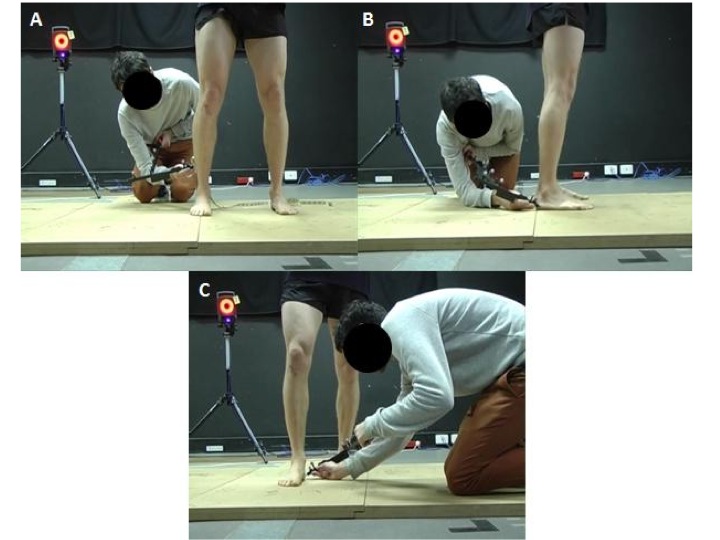After hearing a patient’s history, Physical Therapists decide on known tests and measures to assess for impairments such as a loss of joint range of motion or muscle weakness which either precipitated or perpetuated a patient’s symptoms or injury. The foot and ankle are commonly assessed as a contributing factor to lower quarter injuries and pain because of their ability to influence the mechanics of proximal joints. One method of static assessment is the Foot Posture Index (FPI), a 6 item tool which allows the clinician to visually examine the foot structure. This assessment tool has demonstrated some effectiveness at predicting lower quarter overuse injuries (Burns et al. 2005, Yates et al. 2004).
A recent study by Paterson et al. examined the predictive ability of the FPI, motion analysis, and a depth camera on dynamic foot function. The authors found the majority of static foot measurements (85%) did not correlate with the dynamic foot and ankle motion they found during walking. The authors concluded that static measures of foot posture have limited diagnostic utility to predict mechanics noted during a gait analysis. Similar to other postural assessments, a static foot assessment does little to help us determine how an individual moves or if this posture is related to their current symptoms. Whenever possible a dynamic assessment including functional testing and walking or running gait should be used to provide a better assessment of a patient’s injury or pain.

